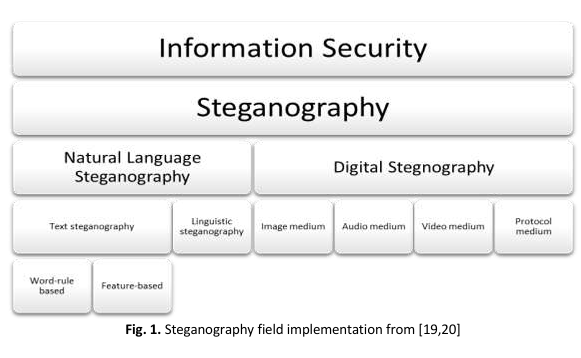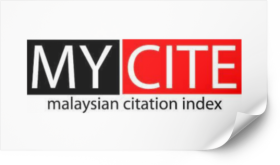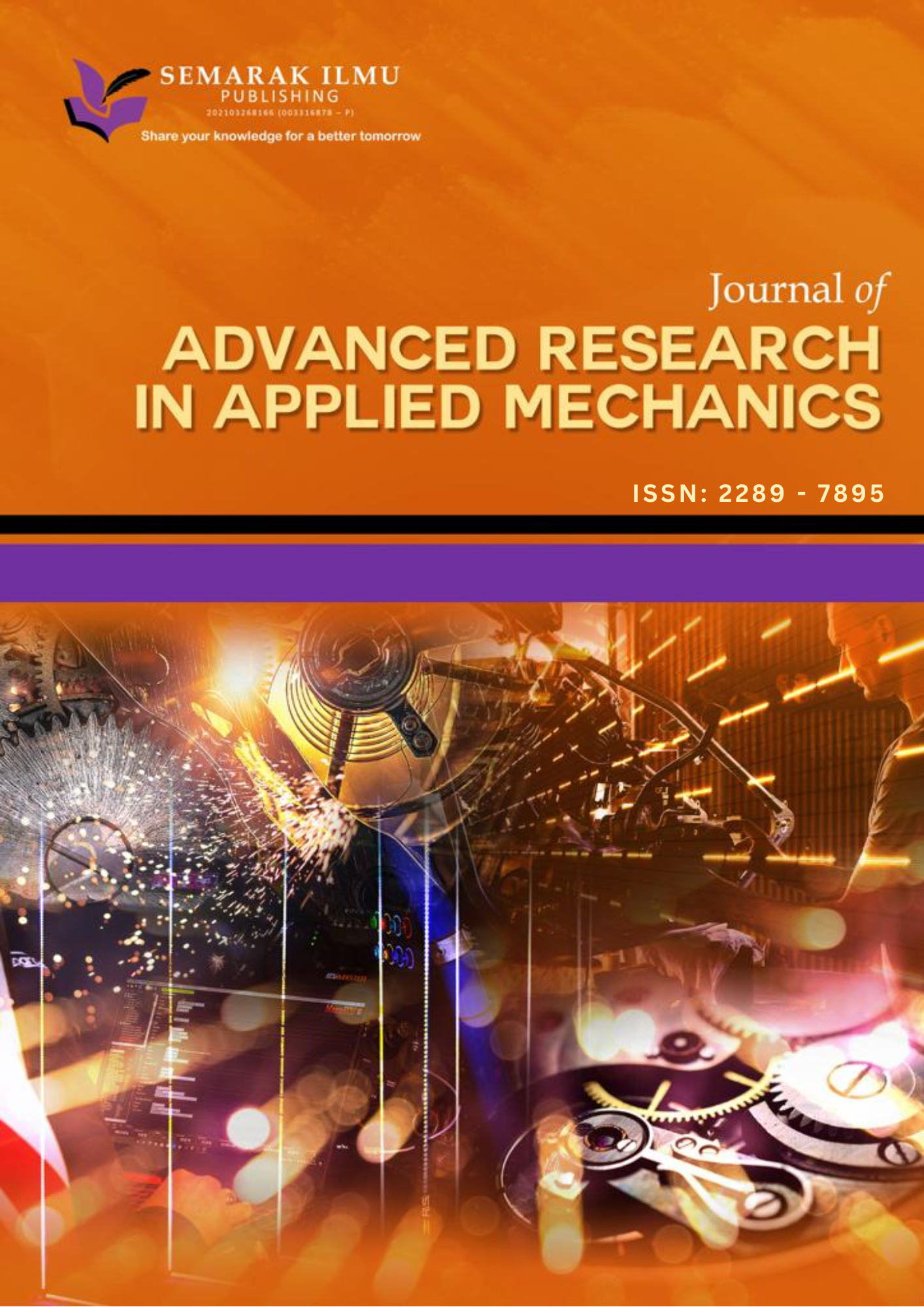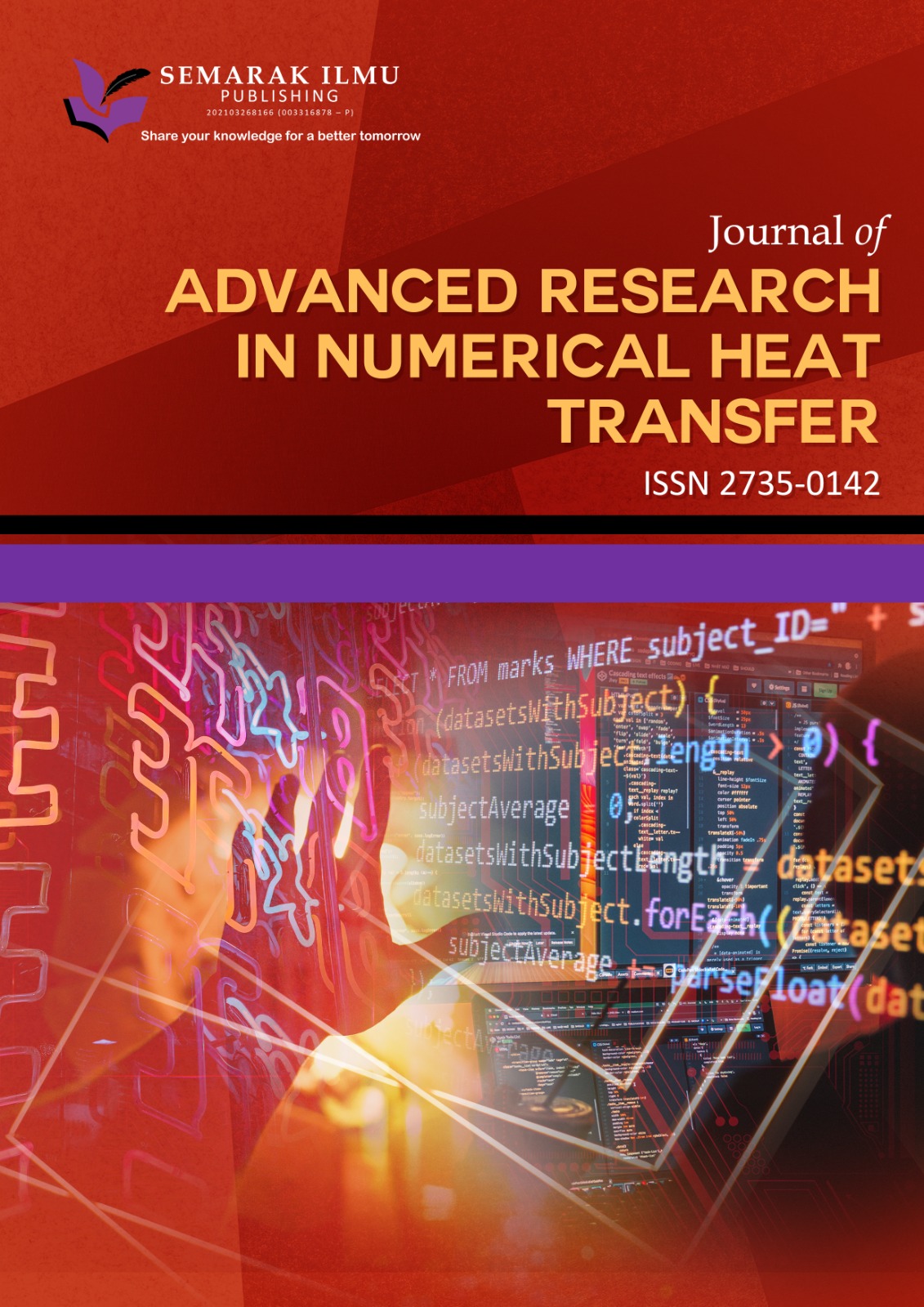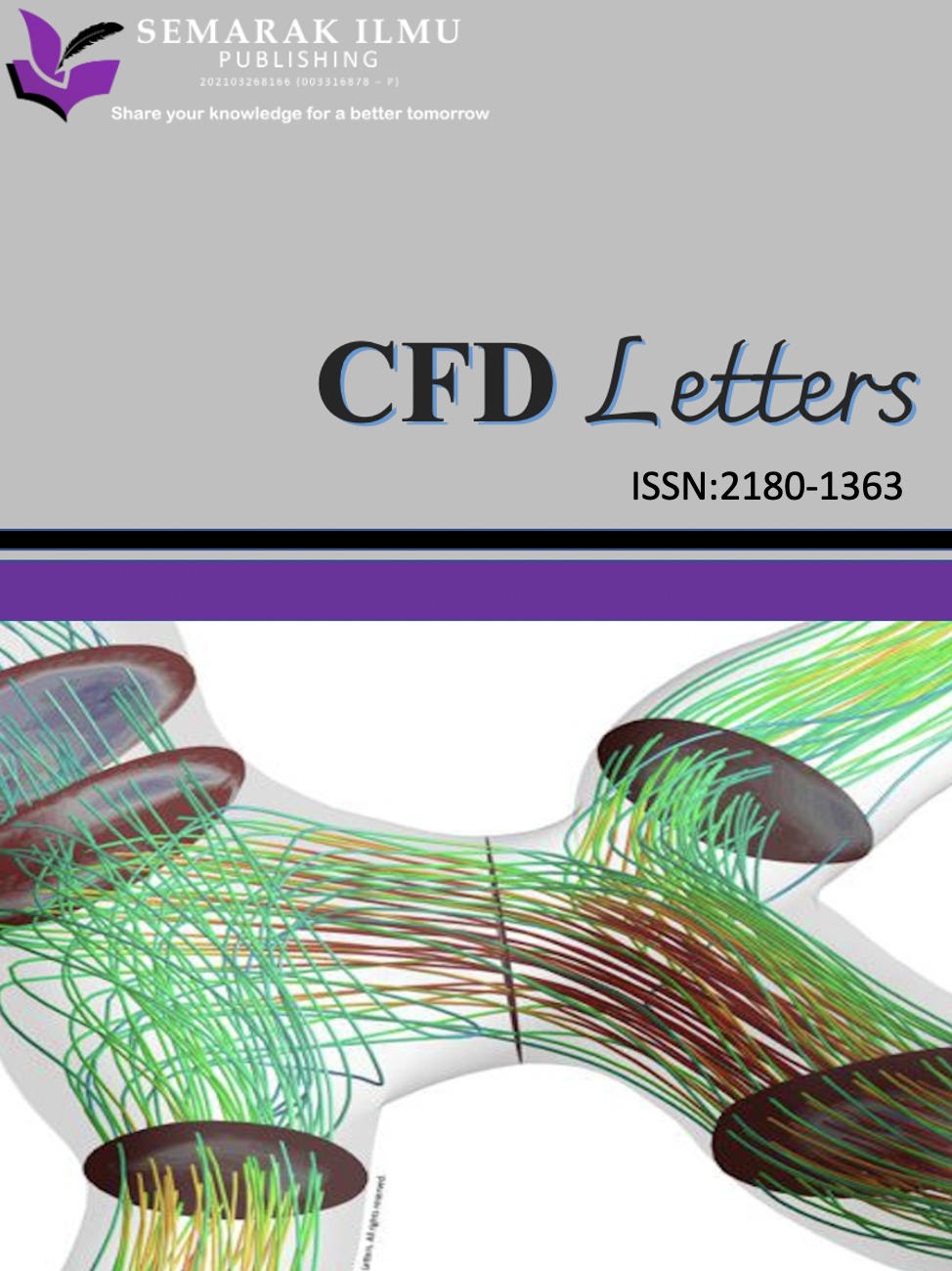Feature-based Method using Binary Alphabet-Based Technique in Text Steganography
DOI:
https://doi.org/10.37934/ard.143.1.4354Keywords:
Hidden message, stego key, stego text, word-rule based, digital steganographyAbstract
Information security is an important aspect of safeguarding digital assets and ensuring the security of any sensitive information. In this context, steganography is essential in hiding information within apparently harmless carriers such as images, audio files, or text, with the goal of avoiding detection by unauthorized parties. Numerous scholars in the past have strived to apply steganography specifically in the text domain, utilizing distinctive feature-based methods to implant letters that camouflage the concealed message within textual content. The majority of feature-based techniques embed a hidden message by converting it into binary bits. This paper introduces a novel feature-based technique that transforms the hidden message into binary bits, representing each text letter with two binary bits across both uppercase and lowercase alphabets. The technique utilizes an alphabet-based sequence table to correlate the sequence number of letters in the hidden message with the corresponding binary bits. This approach anticipates streamlining the embedding process, generating stego text with a concealed message while minimizing the binary bit length required to cover the message. The novel technique is evaluated against previous techniques in terms of both single-bit and dual-bit feature-based techniques. This efficient approach minimizes the binary bit length needed to cover the message, achieving 100% embedding performance in limited sentences of cover text when implementing the feature-based method.
Downloads
